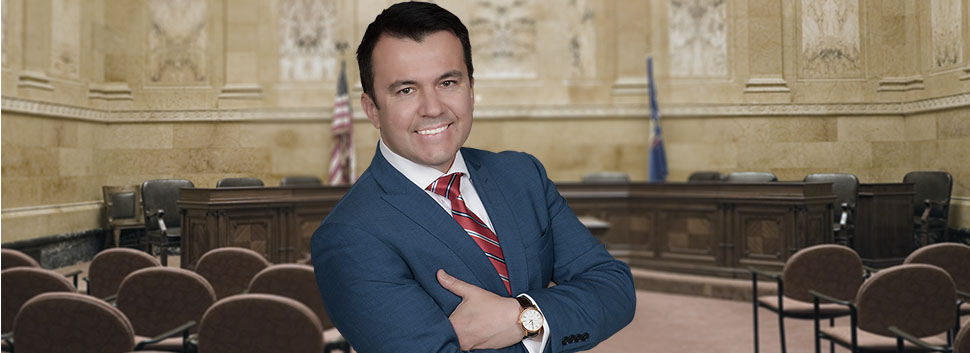The H-1B visa is a nonimmigrant visa category in the United States that allows U.S. employers to temporarily employ foreign workers in specialty occupations. These specialty occupations typically require at least a bachelor’s degree or its equivalent in a specific field, and involve specialized knowledge and skills. Examples of such occupations include computer science, engineering, mathematics, architecture, medicine, and various fields in the arts and sciences.
The H-1B visa program aims to help U.S. companies hire highly skilled foreign professionals when they cannot find qualified U.S. workers to fill specialized positions. It is important to note that there is an annual cap on the number of H-1B visas issued. Currently, the cap is set at 65,000 for regular applications, with an additional 20,000 visas available for individuals holding a master’s degree or higher from a U.S. institution.
The H-1B visa is granted for an initial period of up to three years, which can be extended for an additional three years, for a maximum of six years. Under certain circumstances, H-1B visa holders may be eligible for extensions beyond six years if they are in the process of applying for permanent residency (green card) in the United States.
Temporary Employment-Based Visa Classifications
Numerous temporary employment-based visa classifications exist, with most defined in section 101(a)(15) of the Immigration and Nationality Act (INA). These visa classifications are identified by the letter and numeral corresponding to their subsection in the legislation. Temporary employment-based visa classifications allow employers to hire and petition foreign nationals for specific roles for limited durations. In most instances, temporary workers are required to work for the petitioning employer and have limited flexibility to change jobs. Generally, they must leave the United States if their status expires or if their employment is terminated.
Overall, the total number of temporary employment-based visas issued experienced growth after Fiscal Year (FY) 2000, reaching a slight peak in FY 2007-2008. There was a consistent increase from FY 2009 up until FY 2020, when the Trump administration leveraged the COVID-19 pandemic as a reason to suspend the entry of numerous noncitizens on immigrant and nonimmigrant visas. Consequently, the number of nonimmigrant visas issued at foreign service posts abroad significantly declined in FY 2020 and remained low during the first half of FY 2021.
How many H1B visas are issued each year?
The annual cap for H-1B visas is set at 65,000 under the regular quota, with an additional 20,000 visas allocated to applicants possessing a master’s degree.
Furthermore, 6,800 visas from the standard cap are reserved for citizens of Chile and Singapore in accordance with a specific Free Trade Agreement.
How does the H-1B visa lottery work?
The number of registrations submitted during the annual registration window typically surpasses the cap level and the available visas.
The registration window stays open for the entire specified period, regardless of whether the cap has been exceeded. Selection is not based on a first-come, first-served approach.
After the window closes, USCIS conducts the H-1B visa lottery to determine which registrations will advance to the next stage. This process involves random selection from the registrations received during the window.
Lottery selections are made randomly and are not influenced by the timing of registration submission or an assessment of the registration’s merits.
Once the 65,000 H-1B cap has been reached, 20,000 petitions will be randomly chosen from the Master’s Cap petitions. Any unselected petitions from the 20,000 will be returned to the regular cap pool.
Registrations that are successfully selected will be notified and invited to submit their complete H-1B petition within the specified deadline, typically 90 days from the notification.
It is crucial to note that being selected in the visa lottery does not guarantee visa approval. The petition will be evaluated based on the visa requirements and eligibility criteria.
Table 1: Characteristics of Common Temporary Employment-Based Visa Classifications
|
H-1B |
H-2A |
H-2B |
L-1A & L-1B |
|
|---|---|---|---|---|
|
Who is eligible? |
Certain foreign professionals in “specialty occupations.” |
Temporary agricultural workers from certain designated countries. |
“Seasonal” non-agricultural temporary workers. |
Certain foreign workers employed by certain entities abroad that are related to U.S. employers, whose services are being sought by their employers in the United States. |
|
Are there any numerical annual limits? |
65,000 per year, plus 20,000 more for foreign professionals with a U.S. master’s or higher degree. |
No annual limit. |
66,000 per year. |
No annual limit. |
|
Duration |
Initially admitted for a period of up to three years; may be extended for a maximum of three additional years. |
Initially admitted for period of approved employment; may be renewed for qualifying employment in increments of one year each for a maximum stay of three years. |
Initially admitted for a period of up to one year; may be renewed twice for a maximum stay of three years. |
Initially admitted for a period of up to three years; may be extended for a maximum of two additional years for an L-1B and four additional years for an L-1A. |
|
Employer requirements |
The employer must attest that employment of the H-1B worker will not adversely affect the wages and working conditions of similarly employed U.S. workers. Employers must comply with wage requirements.
|
The employer must attest that no qualified U.S. workers who can fill the position are available. Employers must comply with recruitment, wage, benefits, housing, transportation, and other requirements. |
The employer must attest that no qualified U.S. workers who can fill the position are available. Employers must comply with wage, housing, transportation, and other requirements. |
No requirements regarding adverse effects, wages, housing, etc. |
|
May the foreign workers bring their spouses and children under 21? |
Yes, spouses and children under 21 may enter on an H-4 visa, and certain spouses are allowed to work. |
Yes, spouses and children under 21 may enter on an H-4 visa but may not work. |
Yes, spouses and children under 21 may enter on an H-4 visa but may not work. |
Yes, spouses and children under 21 may enter on an L-2 visa, and spouses are allowed to work. |
H1B visa lottery chances of selection
During the 2019–2020 season, applicants had a 32% probability of being chosen in the visa lottery. Since the lottery occurs only once a year, applicants and their prospective sponsors naturally aim to maximize their chances of success. To avoid problems with your H-1B registration, make sure you adhere to the process requirements and follow the necessary steps.
- Make sure all forms are accurately completed, all required information and documents are provided, and the appropriate fees are paid.
- Do not submit your H-1B petition before the application window opens in April.
- Submit the petition as soon as the window commences.
- Ensure you possess the necessary degree or specialized experience to meet the job requirements.
- Verify that the job is eligible for an H-1B visa.
- Apply for each job offer you receive from different employers.
- Avoid submitting multiple applications for a single position or employer.
- If an employer submits multiple or duplicate H-1B petitions for one employee, they will be rejected, and no refund will be provided.
- Refrain from submitting a petition for a job that starts more than six months after the visa start date.
While these steps won’t enhance your likelihood of being selected, they can help you avoid potential delays or issues in participating in the lottery selection process.








